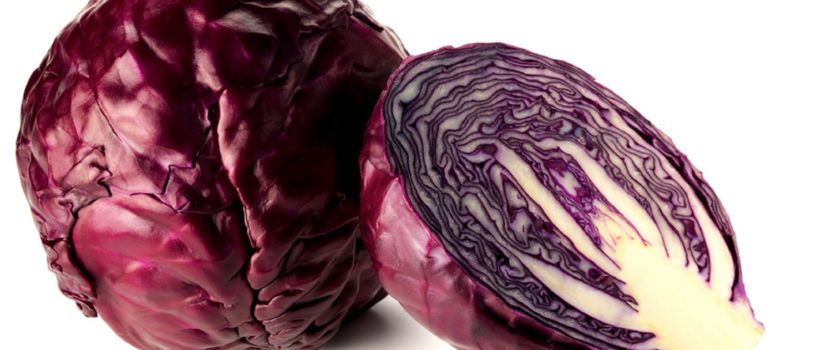Red Cabbage beats Green!
While green cabbage is the most commonly eaten variety of cabbage, we highly recommend trying red cabbage because of it added nutritional benefits and its robust hearty flavor. We don’t think you will be disappointed. The rich red color of red cabbage reflects it concentration of anthocyanin polyphenols, which contribute to red cabbage containing significantly more protective phytonutrients than green cabbage. Interest in anthocyanin pigments continues to intensify because of their health benefits as dietary antioxidants, as an anti-inflammatory, and their potentially protective, preventative, and therapeutic roles in a number of human diseases.
How much?
A recent study showed that a 100 gram (about 3 ounces) serving of raw red cabbage delivers 196.5 milligrams of polyphenols, of which 28.3 milligrams are anthocyanins. Green cabbages yielded much less per 100 grams: 45 milligrams of polyphenols including 0.01 milligram of anthocyanins. The vitamin C equivalent, a measure of antioxidant capacity, of red cabbage is also six to eight times higher than that of green cabbage.
Anti-cancer
It’s the glucosinolates in cabbage that get the award for their “anticancer” benefits. Red cabbage is one of the best natural source of glucosinolates. In cabbage, glucosinolates get converted to isothiocyanate compounds that, according to research, are said to aid in the prevention of cancers like bladder, breast, colon, and prostate.
Red cabbage is definitely one of the most nutritious and best tasting vegetables around. So now you know to eat more of it!


Leave a Reply
Your email is safe with us.
You must be logged in to post a comment.